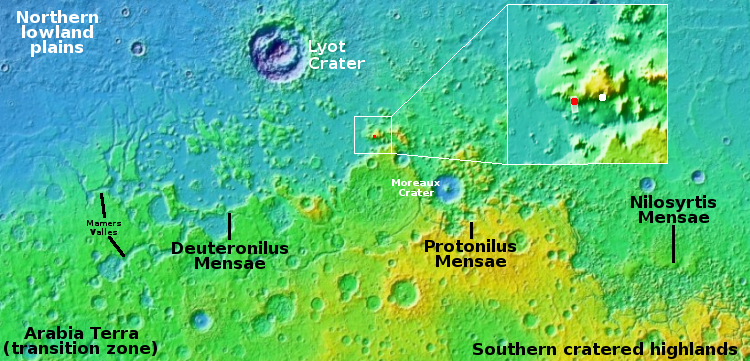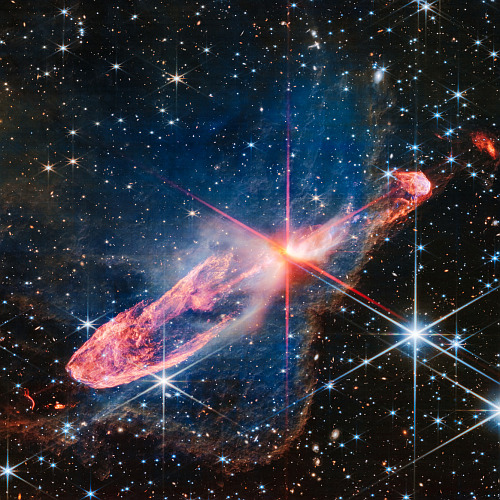Rocket Lab revises design of its new Neutron rocket
Rocket Lab has revised the design of its new Neutron rocket, reducing the number of fairing shells from four to two, and shifting the location of the first stages fins.
One of the major changes shown is how the payload fairing operates. In prior concepts, the fairing was comprised of 4 quarters that opened outward to allow second stage and payload separation. The new design shows two halves of the fairing opening. Moving from four to two fairings will provide more reliability for the rocket and fewer moving parts.
Another change is a slight design to the forward strakes (fins) that help steer the rocket back to its landing site. Unlike SpaceX, which uses grid fins, the Neutron rocket will use fins that provide more lift and can return to the launch site from further downrange. The forward fins also appear to have moved further up on the rocket, and the fairing halves size made a bit smaller.
The landing legs have also been redesigned, apparently to more closely match the design used on SpaceX’s Falcon 9 rocket.
These are all relatively minor changes, none of which change the fundamental design that calls for the rocket to be almost entirely reusable.
Rocket Lab has revised the design of its new Neutron rocket, reducing the number of fairing shells from four to two, and shifting the location of the first stages fins.
One of the major changes shown is how the payload fairing operates. In prior concepts, the fairing was comprised of 4 quarters that opened outward to allow second stage and payload separation. The new design shows two halves of the fairing opening. Moving from four to two fairings will provide more reliability for the rocket and fewer moving parts.
Another change is a slight design to the forward strakes (fins) that help steer the rocket back to its landing site. Unlike SpaceX, which uses grid fins, the Neutron rocket will use fins that provide more lift and can return to the launch site from further downrange. The forward fins also appear to have moved further up on the rocket, and the fairing halves size made a bit smaller.
The landing legs have also been redesigned, apparently to more closely match the design used on SpaceX’s Falcon 9 rocket.
These are all relatively minor changes, none of which change the fundamental design that calls for the rocket to be almost entirely reusable.













